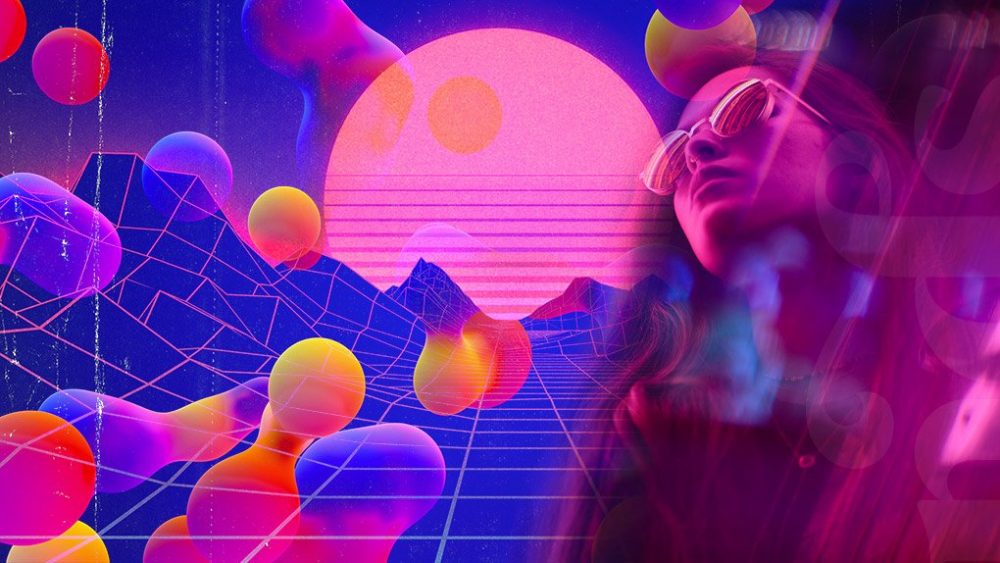The Influence of Color on Conversion Rates: Exploring the Latest Research
History of Color Theory:
Color has long been recognized as a powerful tool for communication and expression. From the ancient Egyptians’ use of natural pigments to the Renaissance artists’ mastery of color harmonies, humans have been captivated by the emotional and psychological impact of color. In the 18th century, scientists and artists began to formalize the study of color, leading to the development of color theory.
One of the most influential figures in the history of color theory is Johann Wolfgang von Goethe, whose seminal work, “Theory of Colors,” published in 1810, explored the subjective nature of color perception and its psychological effects on the human mind. Building on Goethe’s insights, the 19th and 20th centuries saw further advancements in color theory, with pioneers like Albert Munsell and Johannes Itten refining our understanding of color relationships and symbolism.

Newest Research since 2020:
In recent years, researchers have continued to explore the impact of color on human behavior, particularly in the context of digital marketing and e-commerce. While previous studies have identified general trends and associations between colors and consumer perceptions, the latest research aims to uncover more nuanced insights into how specific colors influence conversion rates and purchase decisions.
1. Neuroscientific Approaches:
One area of research that has gained traction in recent years is the application of neuroscientific techniques to study the neural mechanisms underlying color perception and decision-making. By using brain imaging technologies such as functional magnetic resonance imaging (fMRI) and electroencephalography (EEG), researchers can examine how different colors activate specific regions of the brain associated with emotions, memory, and reward processing.
2. Contextual Factors:
Another emerging trend in color research is the investigation of contextual factors that influence the effectiveness of different colors in driving conversions. Studies have found that cultural background, personal preferences, and product context can significantly impact how consumers perceive and respond to colors. For example, while red may evoke a sense of urgency and excitement in Western cultures, it may be associated with luck and prosperity in Asian cultures.
3. Dynamic Color Testing:
With advancements in digital technology, researchers now have the ability to conduct dynamic color testing in real-time, allowing them to experiment with different color schemes and variations to optimize conversion rates. Through A/B testing and multivariate analysis, marketers can systematically evaluate the impact of color changes on key performance metrics such as click-through rates, engagement levels, and purchase intent.
4. Psychological Insights:
Recent studies have also delved into the psychological mechanisms underlying color preferences and associations. Research suggests that certain colors may elicit specific emotional responses and cognitive associations based on evolutionary factors, cultural conditioning, and individual experiences. By understanding these underlying mechanisms, marketers can leverage color psychology to create more effective and persuasive marketing materials.
5. Cross-Modal Effects:
Additionally, researchers have begun to explore the cross-modal effects of color, which refers to how color perception can influence other sensory modalities such as taste, smell, and touch. For example, studies have shown that the color of food packaging can influence consumers’ perceptions of taste and flavor intensity, highlighting the interconnectedness of sensory experiences and consumer behavior.
In conclusion, the newest research on the influence of color on conversion rates reflects a growing interest in understanding the complex interplay between color perception, cognitive processes, and consumer behavior. By leveraging neuroscientific approaches, considering contextual factors, conducting dynamic color testing, exploring psychological insights, and investigating cross-modal effects, researchers are shedding new light on the power of color in shaping consumer perceptions and driving purchase decisions in the digital age.


